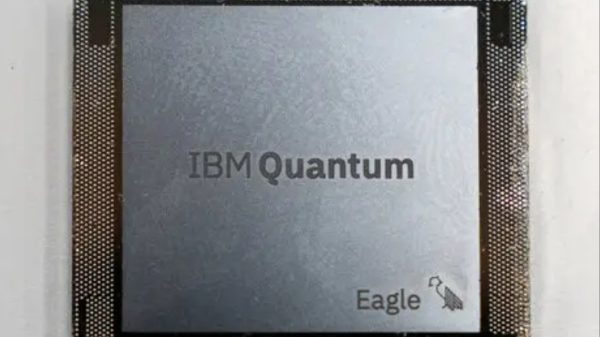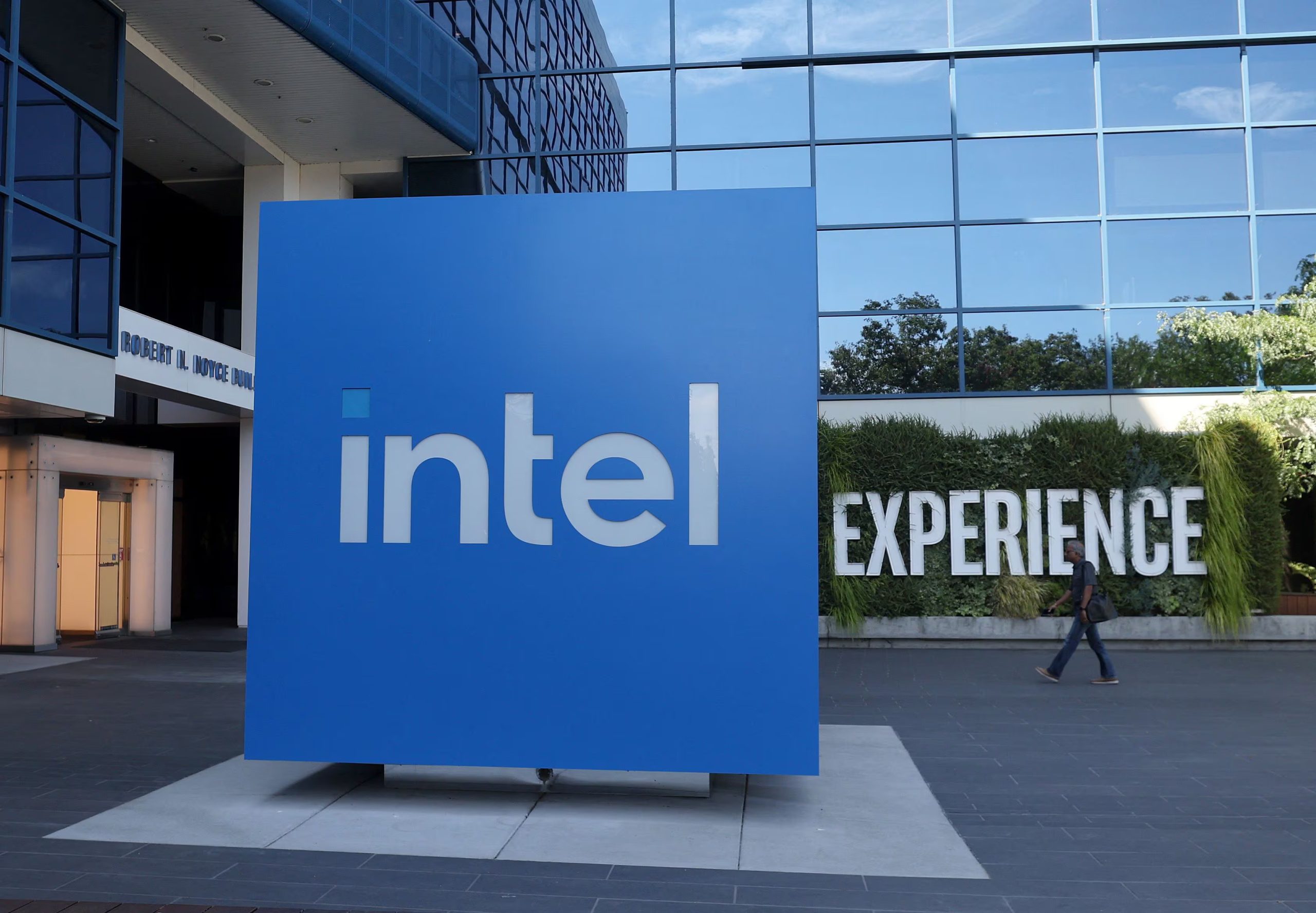Intel announced significant layoffs on Thursday, reducing more than 15 percent of its workforce due to underutilized manufacturing capacity and expenses tied to its AI PCs’ launch. This move, part of Intel’s “multiyear transformation strategy,” entails cutting around 15,000 employees from its 131,000-strong workforce by the end of the year.
The company also plans to reduce R&D, marketing, and general expenses significantly over the next few years, aiming for $20 billion in 2024, $17.5 billion in 2025, and even lower in 2026.
Intel’s CEO, Pat Gelsinger, acknowledged the disappointing financial performance in Q2 and highlighted that the latter half of the year appears more challenging than anticipated. In response, Intel is leveraging a new operating model to enhance operating and capital efficiencies while accelerating its IDM 2.0 transformation.
This strategy includes a 20 percent reduction in gross capital expenditures for 2024. Despite these cost-cutting measures, Intel’s product roadmap remains unchanged, with further details expected in an upcoming conference call.

Intel Announces Major Layoffs and Cost Cuts as Part of Multiyear Transformation Strategy
Gelsinger expressed the difficulty of announcing such news in a memo to employees and mentioned a company-wide conference call to discuss specifics. He emphasized that this restructuring is the most significant since Intel’s shift from memory to microprocessors.
Intel’s ongoing product reviews aim to eliminate complexity and simplify its portfolio. Each business unit is conducting a review to identify underperforming products and key software assets are being integrated to focus on fewer, more impactful projects.
Intel is pushing ahead with its AI PC initiatives, planning to launch the next-gen Core Ultra chip, Lunar Lake, ahead of schedule at the IFA show in September. Despite recent issues with its 13th-gen Core chips, Intel remains committed to its AI advancements, with the industry expected to ship 100 million AI PCs by year-end.
Intel’s next chip, Arrow Lake, will incorporate AI for desktops, and Panther Lake, its upcoming mobile chip, will ship in late 2025 using the 18A process.
Intel’s strategy includes internalizing production processes to boost profitability, and moving away from outside foundries used in their aggressive production timeline. This shift, involving a billion-dollar charge for transferring wafers from Oregon to Ireland, is expected to yield future schedule accelerations.
Gelsinger anticipates incremental business growth in 2024, with a modest 5 percent revenue increase in Q4 compared to the previous year, indicating cautious optimism for the company’s future amidst these transformative efforts.









































